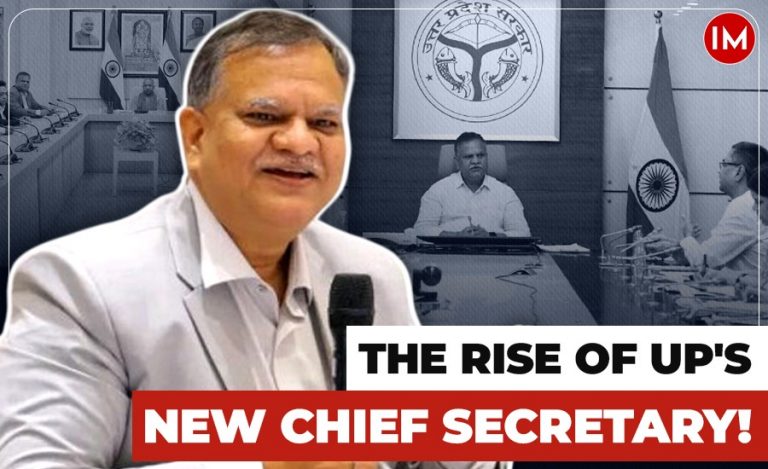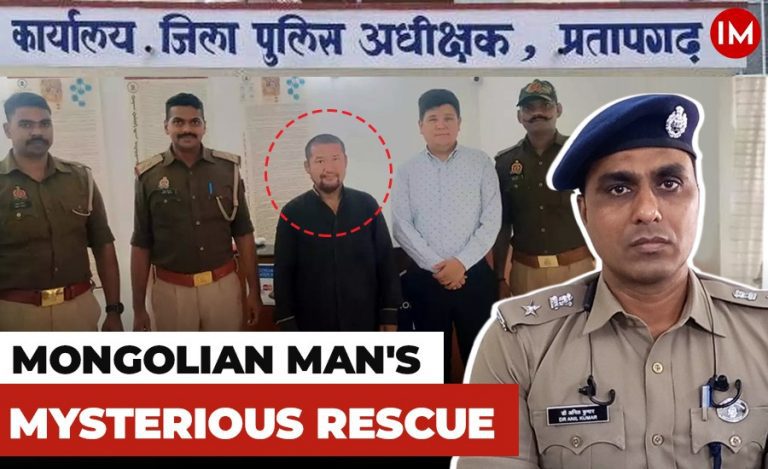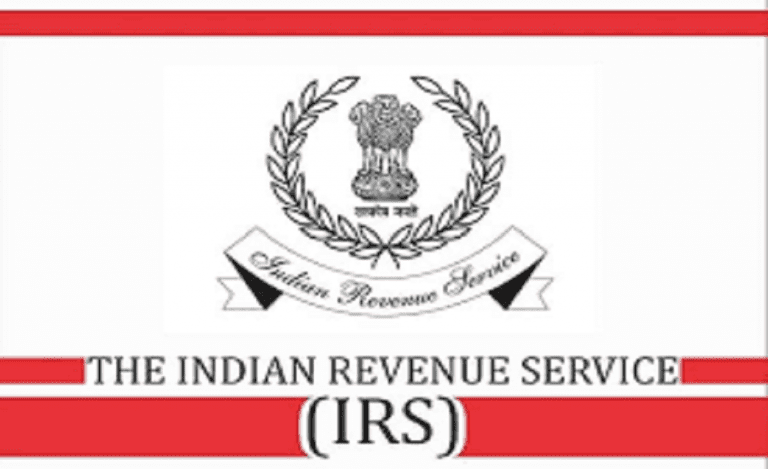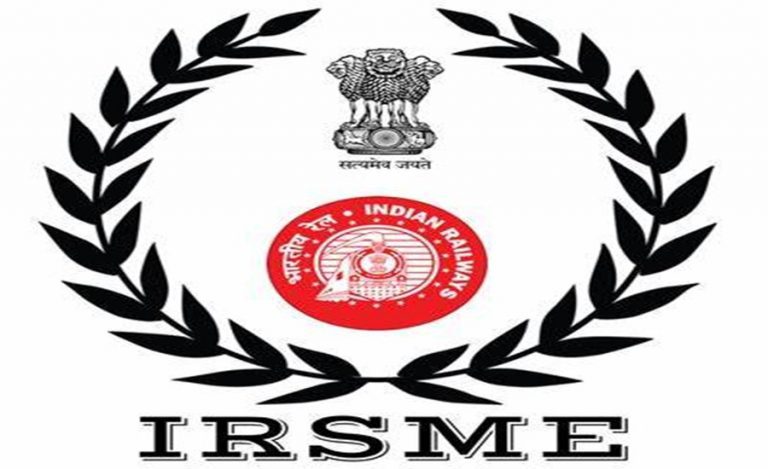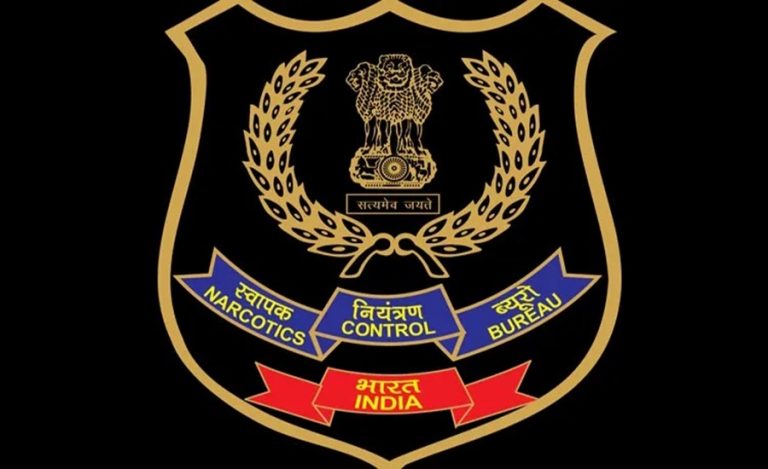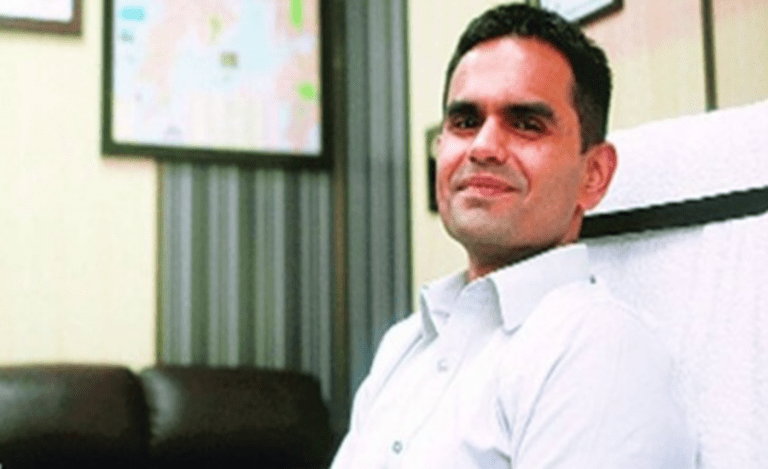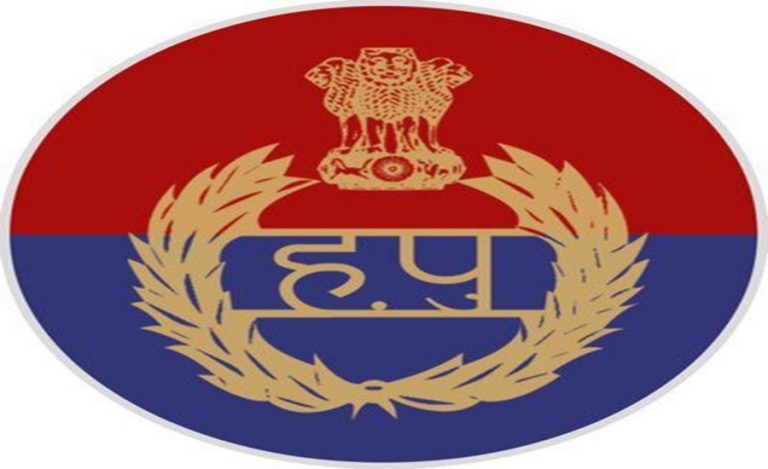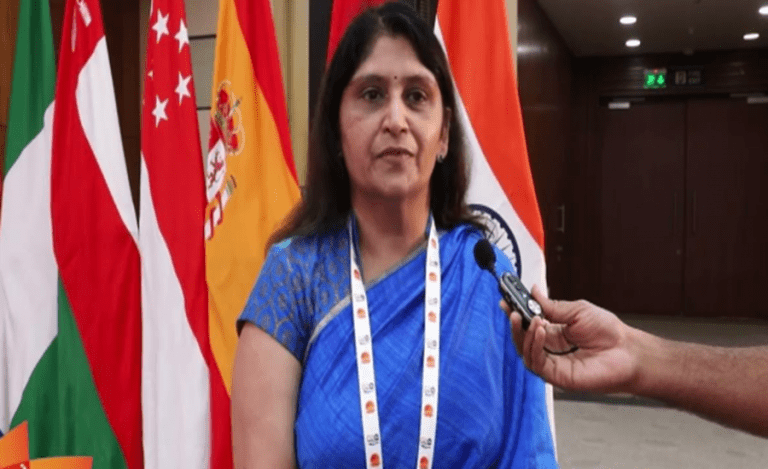It is Women’s Equality Day today. The fact that we still need a day like this itself proves that equality based on gender is far fetched. Women are still conveniently declared as second sex, and the fact of the matter is, this second sex is still struggling to get their due rights.
For a long time now, ‘women’s equality’ has been a much debatable topic. Different opinions, different voices abound on this topic alone. However, at the same time, an undeniable trend is that of women breaking glass ceilings across fields, from bureaucracy to defence, which shows that the change is slow but inevitable.
On the occasion of Women’s Equality Day, we, at Indian Masterminds, talked to women bureaucrats to understand why women representation in the civil services is still much low in comparison to men. And, even though women top the civil services exam, why very few of them actually make it to top positions.
LEVEL PLAYING FIELD REQUIRED
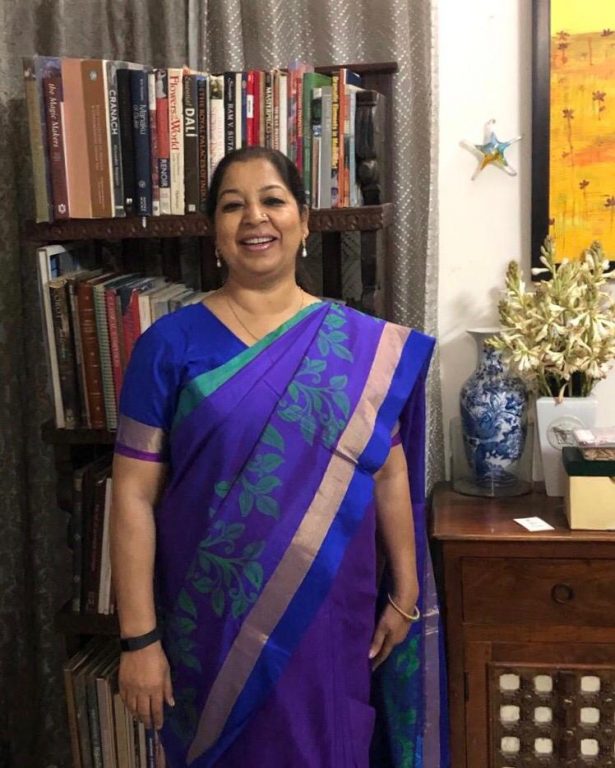
The first woman IAS officer was selected in 1951 and the first woman IPS officer in 1972. At present, women representation in IAS is around 13% and in IPS, 10%. The situation is similar across all services. When asked about the reason behind this disparity, retired IAS officer, Ms. Kiran Soni Gupta said: “The number is secondary. The women don’t even get a level-playing field, how then will the numbers increase? Even before they are born, they have to fight the bias. The cycle continues. Some will be denied school education, some will be stopped from higher education or will be discouraged to go for technical education. It is still happening and the numbers are the proof. Now, the UPSC CSE exam is one of the toughest and it requires a lot of support from family for both the genders. The fact is, females have to struggle more to even take the attempts.”

She also added that we still idolise women with achievements that might be normal or casual for men. “It is good to get inspired but we need to move towards making successful women a norm. This is only possible if we offer them level-playing field and encourage more women to choose careers.”
IPS officer and writer from Himachal Pradesh, Ms. Soumya Sambasivan has a different take on the issue. She told Indian Masterminds: “Disparity is there because even the population is skewed towards men. So, obviously, the sub-set will represent the universe. It’s the mathematics of population and education that deserves the blame game.”

When asked if the disparity in statistics satisfactory, Senior IRS officer, Ms. Rashmi Saxena said: “No, women constitute almost 50% of our population, hence, their representation in civil services must increase. However, the factors that are hindering it are socio-economic reasons, lack of education, and lack of knowledge in the public domain about civil services. Besides this there are lot of other career options as well which women are exploring now a days”
HAVE TO DEAL WITH SOCIAL PRESSURE
When it comes to civil services, it’s a fact that less women are participating in the exams and, hence, less are being selected. Highlighting one of the major reasons for this, Indian Forest Officer from Tamil Nadu, Ms. Sudha Ramen said: “Men can take multiple attempts. Generally, they only have to deal with financial constraints. When it comes to women, however, there are lot of other social pressures. Getting the girl married at a certain age is still predominant in large parts of the society. They have to deal with social pressure and family responsibilities as well.”

The well-known forest officer also shared one of her personal experiences. She took the first attempt at UPSC CSE at the age of 26. She already had a job in private firm and a child. It was tough for her to leave all that and come to Chennai for preparation. “I had only one year and one attempt. I was lucky to get in, in the first attempt, but most of us are not. My family also supported me. But, how many are lucky as me?”
HAVE TO WRITE THEIR OWN HISTORY
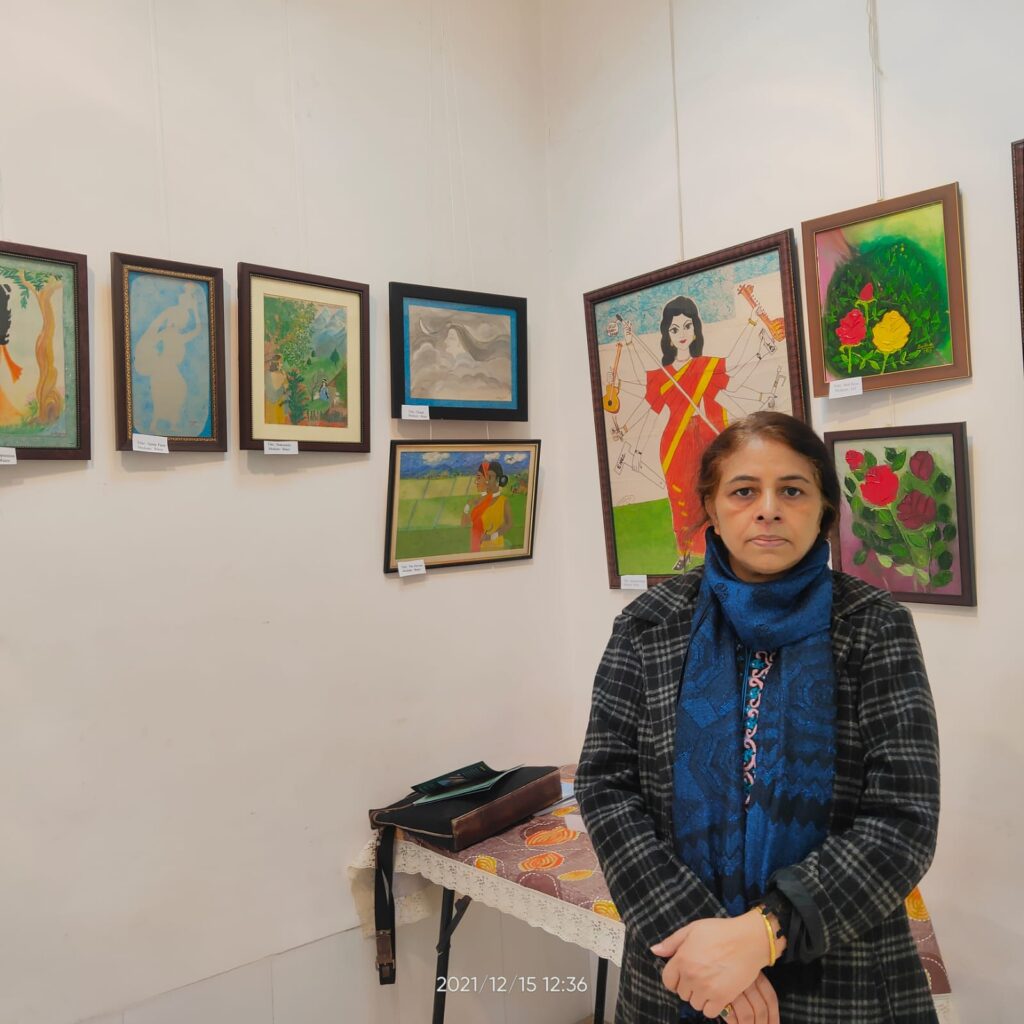
In the last few years, women have been seen acquiring top ranks in the UPSC CSE. However, when it comes to top or crucial positions like DGP of a state, Chief Secretary or Commander of armed forces, we see very few women. Talking about it, Principal Commissioner of Income Tax, Delhi, Ms. Sudha Kumari said: “The low participation of women and the highly competitive atmosphere may be the reasons. The situation may be better with high ambition, perseverance and efficiency of women. When it comes to higher positions, the vacancy is very low and it is generally occupied by the first gender. We hardly get to hear of a woman Chief Secretary.”
She added that change is necessary and it will happen only when women want it. “The hunter will write the history of the lion until the lion decides to write its own history. Women have to break the glass ceiling and write their own history.”
WOMEN ARE SCRUTNIZED MORE

Ms. Violet Baruah, an IPS officer from Assam who retired recently, said: “Each and every work of woman will be under examination. They will scrutinize our moves with high power lenses, one mistake, and they get an excuse. In my experience, men take us as their competitor who is eating their butter. They don’t want this. If a woman need to be successful in the field (specially the civil services), apart from being the best in her work, she has to deal with all this.”
Sharing a personal experience, she said that for every posting, from SP to DIG, she had to convince the higher authorities to believe in her capability. “Mostly, the men don’t go through this.”

IPS officer from Rajasthan, Ms. Tejaswini Gautam, who was the first woman SP of Churu and Alwar, said: “In police, I have seen and experienced that even though a woman is more talented, she will have to work three times extra hard to prove her worth. Until then, she won’t be recognized. While the men can be average and still enjoy important opportunities. However, things are changing now, and for the better. Earlier, Rajasthan women officers were rarely given any district that is crime-prone or have border issues. That has changed. It is a slow change, but I am hopeful that after 10 years, the statistics will be different.”


